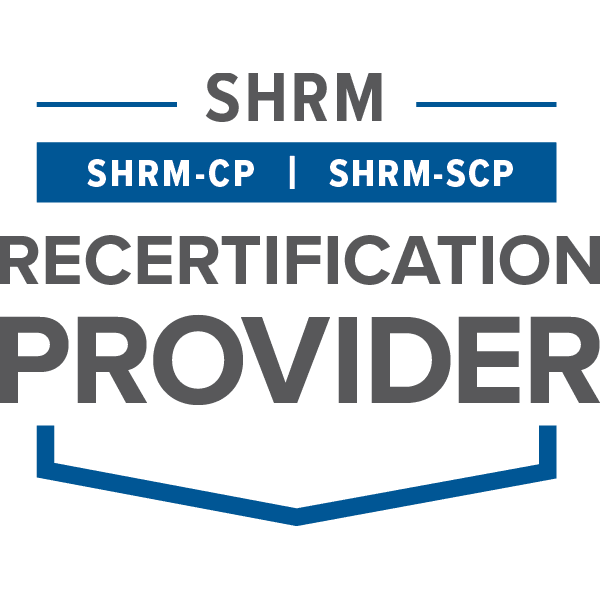
By Dr. Sandra Casey Buford
Introduction:
We are living in a time of historic milestones in the US and worldwide that have created blazing opportunities for D&I workers. Yes, opportunities abound, and so much more is out in the open. In response to Black Lives Matter, for example, unprecedented conversations are occurring hourly, daily, inviting people to speak from their heart, tell their stories, and share their experiences that are not usually talked about. Organizations are stepping up to communicate their commitment to diversity, inclusion, and equity by publishing and heralding bold statements and branding themselves as supporters, advocates, and proponents of racial equality and social justice.
The words diversity, equity, and inclusion have gained familiarity with the general public and are practically household words now. As are other key concepts such as social justice, white privilege, allyship, intersectionality, racial justice, to name a few. This is an unprecedented time that offers the potential to move people and organizations forward in the accomplishment of D&I work, as never before.
Furthermore, there is a hope among many D&I professionals that this current “fire” in our bellies and current thrashing momentum will not dissipate with time but will move forward with strength, resilience, and stability to become “The New Normal.” We recognize that hard, focused work is required to seize these opportunities and build sustainability for D&I. This article will focus on the vital and timely discussion of the value and benefits of D&I measurement as a key to sustaining D&I success.
An Approach to D&I Measurement, Five Key Steps:
Structure inclusive implementation strategies for D&I measurement. Start by identifying a project leader and an implementation team. The team members should consist of a cross-functional mix of management and staff—they do not need to be an HR or D&I staff member; all levels of the organization should be represented and they should be selected based on qualification and commitment. The implementation team plays a critical role in overseeing and carrying out the measurement process. The goal is to embed (institutionalize) D&I metrics as a D&I strategy and business process.
- Determine the metrics. What will be measured and why? Keep in mind that measurements are both quantitative or statistics-driven (i.e. gender representation, attrition, pay equity) and qualitative (i.e. how people feel about inclusion and belonging or how people feel about the way their organization is addressing and responding to current D&I challenges and concerns). These measurements will, more than likely, be unique to your organization. A success factor is to engage a diverse group of people in this process to make sure that the most important/most relevant measures are identified and incorporated in the measurement process.
- Decide on the methodology. How will you collect the data? There are many approaches. You may build an inside tool, purchase a tool, customize a purchased tool, or hire an outside consultant to design and implement a customized process to collect and analyze data. Customization is key because every organization is unique. Regarding building an inside tool, an organization’s IT department is a key resource for helping transfer and build the desired weights, metrics, and analytics for the process. When hiring a consultant, your success factor depends on maintaining a close partnership between the implementation team and the consultant. Other considerations include the usage of individual interviews, focus groups, surveys with open-ended questions, an examination of written documents such as performance reviews, and other feedback narratives such as training and development evaluations, employee feedback systems, etc. The analysis of the data includes the identification of recurring themes that may point to a trend that may need deeper examination.
- Design and implement a comprehensive communications plan. A key success factor for any D&I initiative is a communications plan that keeps everyone in the organization informed on the key aspects of D&I measurement. Communications that are well-planned and consistent keep D&I metrics at the forefront of everyone in the organization.
- Follow up with periodic reports and an annual summary report. These reports should include, in addition to any successes, candid, realistic, and 100% transparent highlights about shortcomings and gaps that emerge as a result of the process. It should also be clear how and when these shortfalls will be addressed and corrected. The focus should be on current work and future work. This is also a great opportunity to show clear links between successful D&I work the accomplishments of the organization’s strategic goals and objectives.
The Benefits of D&I Measurement:
D&I is often viewed as a series of programs and activities that increase awareness, make people feel good, and allow organizations to “check the box.” When I ask people to describe their D&I programs then often mention that they have Diversity luncheons, guest speakers, a diversity council, employee resources groups, policies, and training – these are all standard. But, interestingly, when organizations downsize, what typically happens is that the Diversity department is hit hard. Often this occurs because programs and activities, and training are viewed as dispensable. They are nice to have but not viewed as necessary to run the business, bring in revenue, and satisfy customers. This is precisely what happened in response to COVID. Many D&I leaders reported that their staff and budgets were significantly cut, and in some cases, the entire department was eliminated, and even the D&I leader was downsized. However, the truth is that D&I is a strategy that will contribute to an organization’s success. Therefore D&I should be closely aligned with the organization’s business strategy because the links are clear and strong. Every organization must include a well-articulated D&I strategic plan. D&I leaders need to be in tune with the organization’s strategic plan and identify how D&I will be involved in fully accomplishing that plan. Therefore, there are tremendous benefits for measuring D&I work:
- The establishment of D&I metrics and a D&I measurement process elevates D&I in the minds of everyone but in particular the organization’s strategic leaders.
- People will see clearly that D&I is not solely a programs and activities function, but that it adds value, and it is aligned with the organization’s strategic goals and objectives. For example, D&I contributes to customer acquisition, customer satisfaction, and innovative revenue generation.
- Through measurement, D&I will have the opportunity to get way out ahead of challenges, shortcomings, and deficiencies while engaging stakeholders and staff to correct them and close any gaps.
- As a result of regular reporting, everyone will become more familiar with the current D&I trends and future work, ultimately gaining a better understanding of its value.
- With the data on the table, so to speak, stakeholders will be visible, and more accountable. The emergence of diversity champions and inclusion supporters will likely increase.
- Lastly, the more visible and clearly understood D&I work is, the greater its sustainability.
Conclusion:
History has proven that as time goes on, this present fire for D&I may cool off and even die down. Therefore let us be resolved that even though organizations are more favorable than ever to get on board with Diversity and Inclusion, as D&I professionals and CDOs, lets work hard to seize these historical moments. Defining and measuring our work is not an option, it is a necessity. Let’s do it.
Dr. Sandra Casey Buford is a D&I expert and thought leader with over 25 years of experience doing this work across the globe in many industries including technology, health care, transportation, insurance, and academia. She is a researcher, author, coach and mentor.


